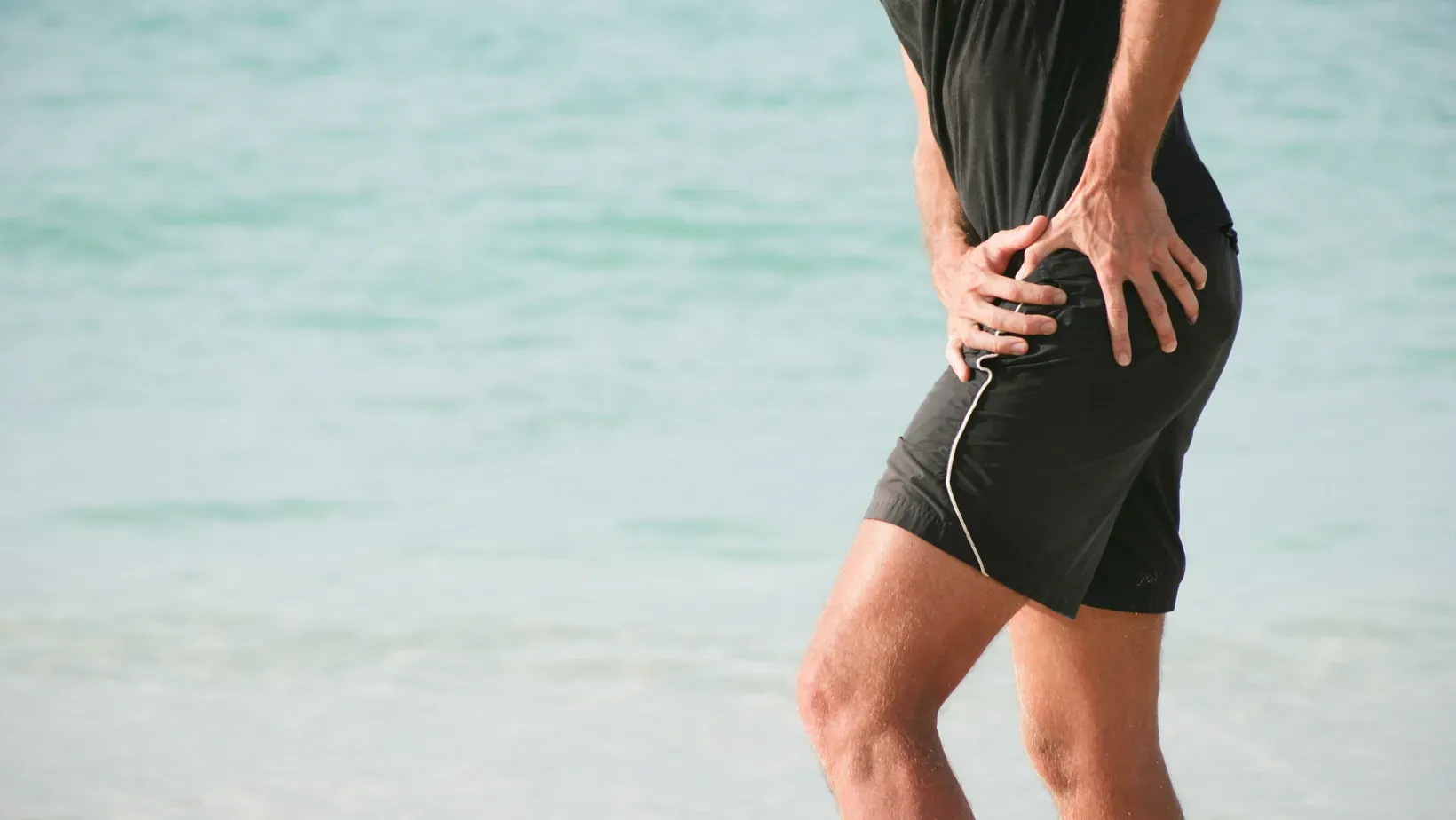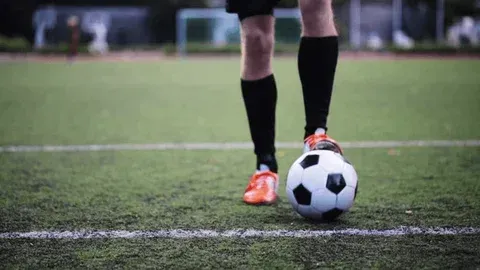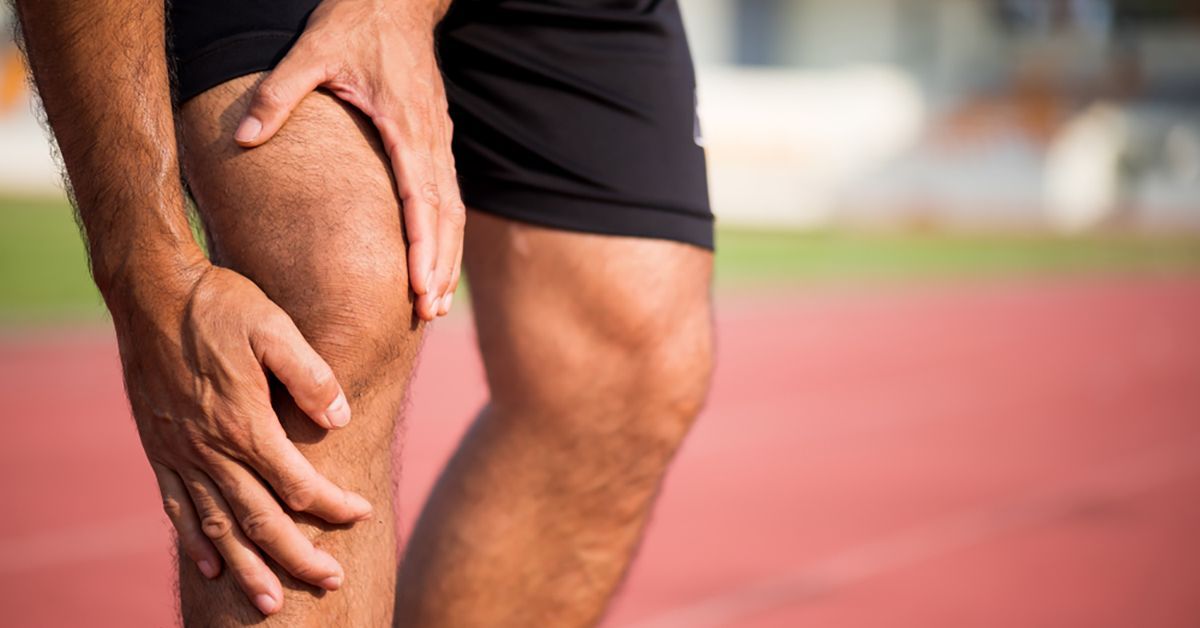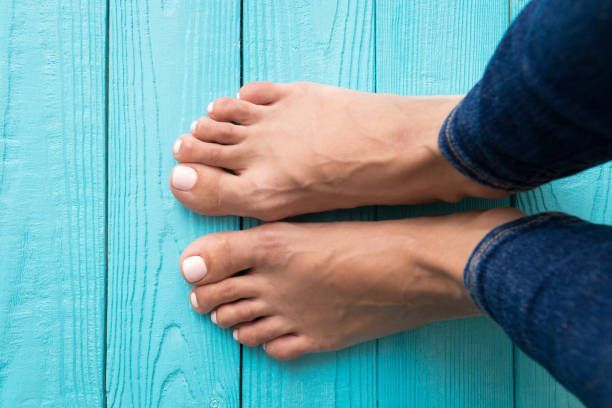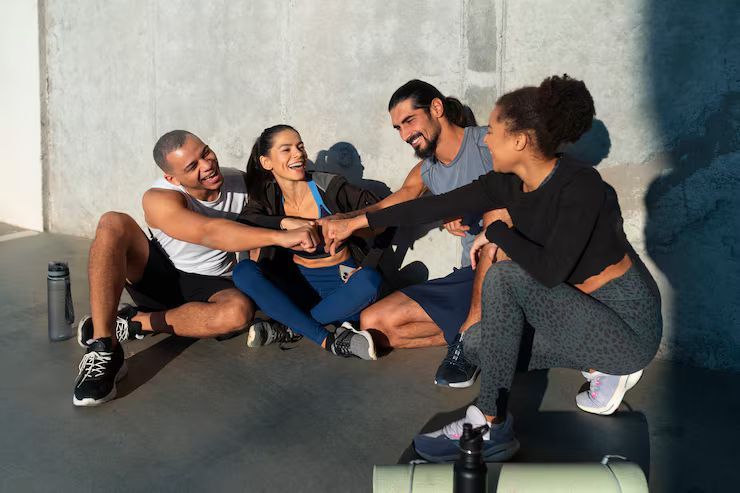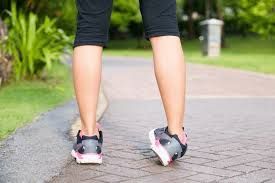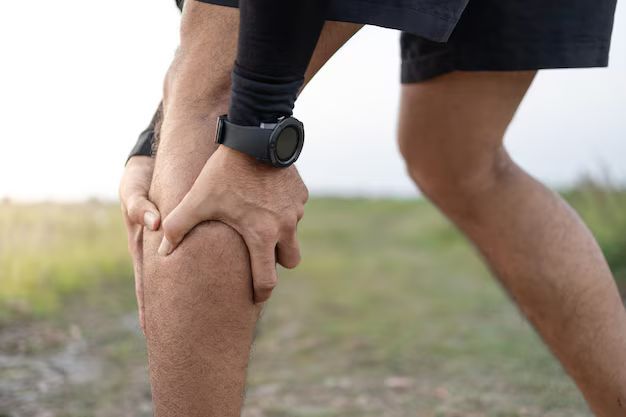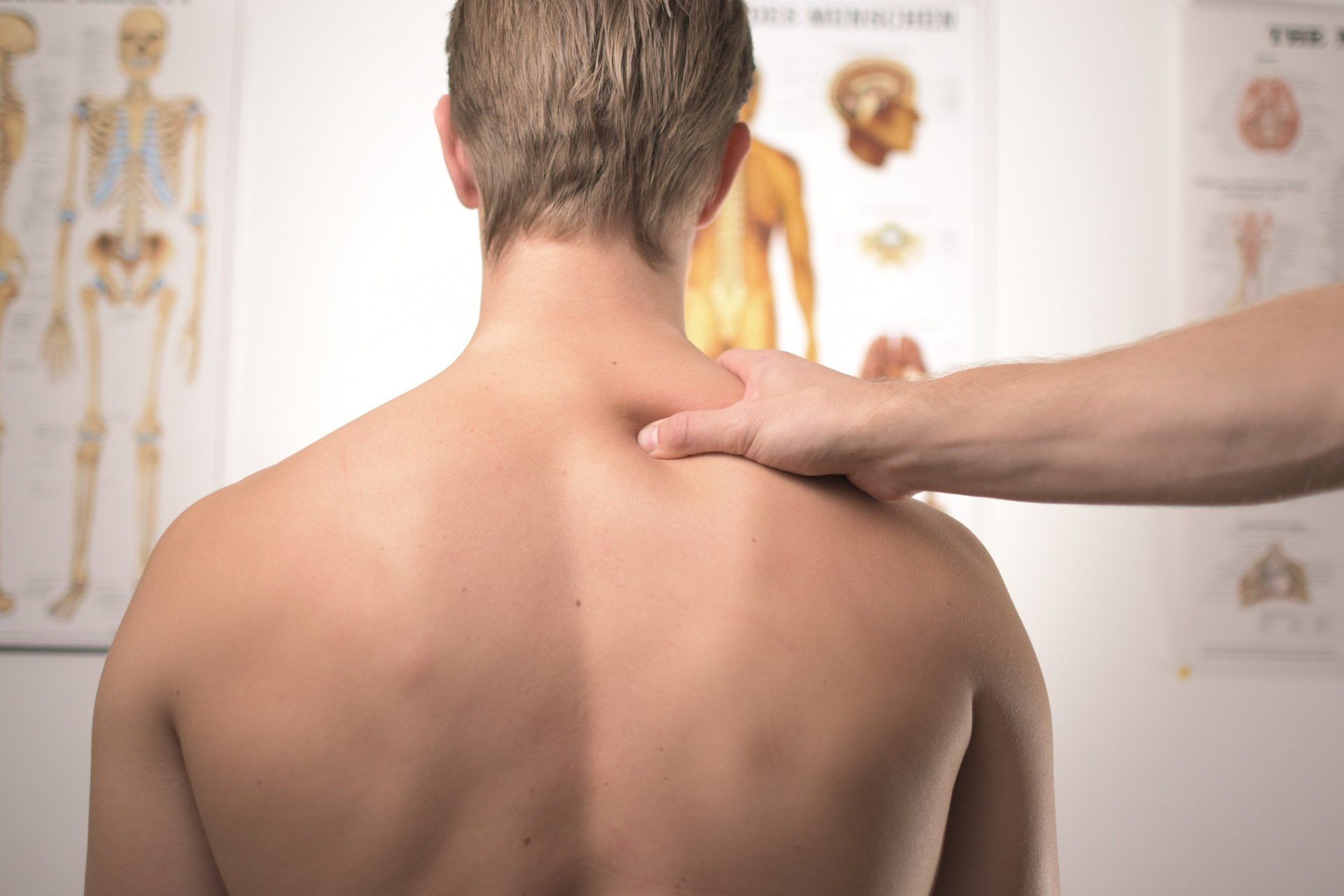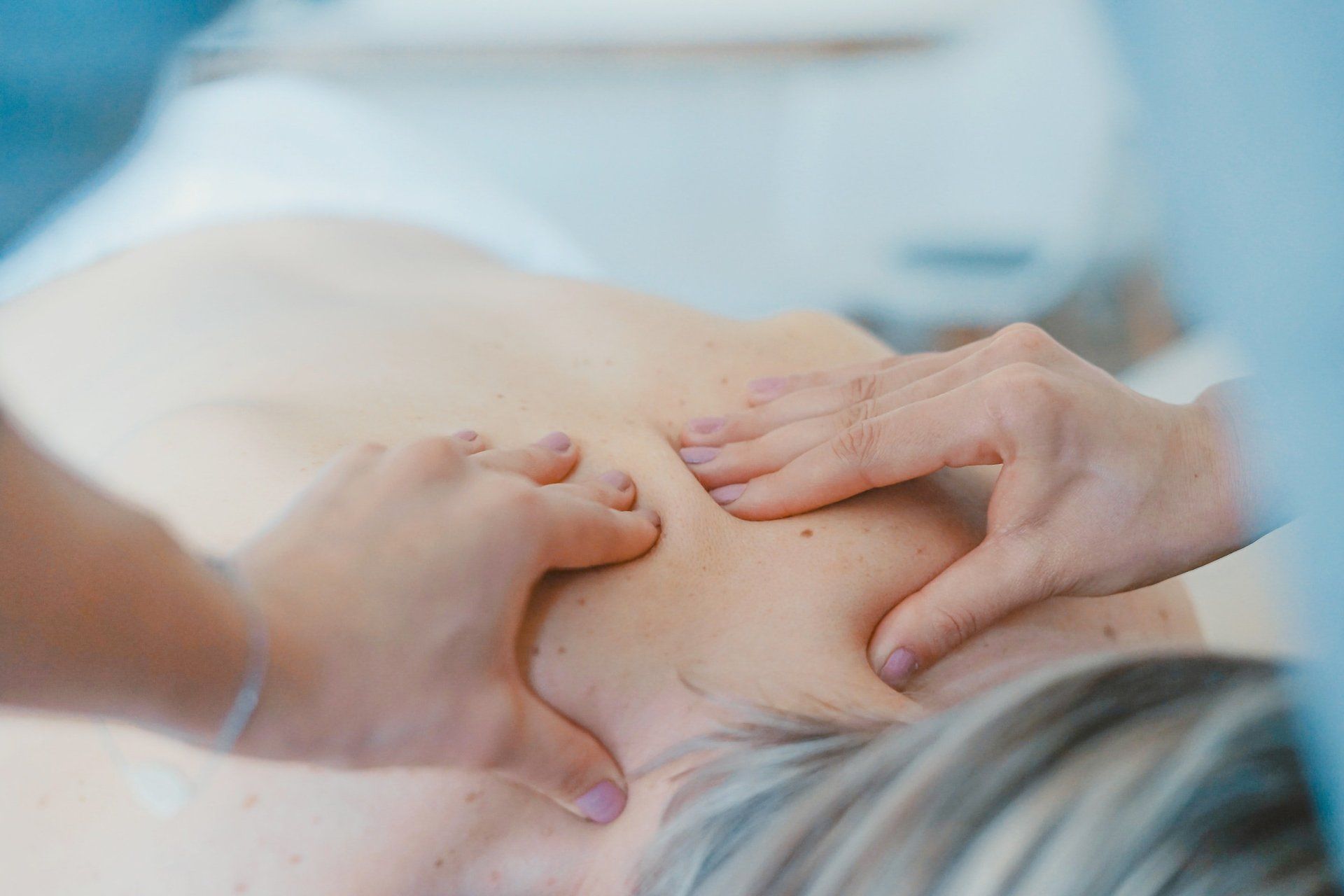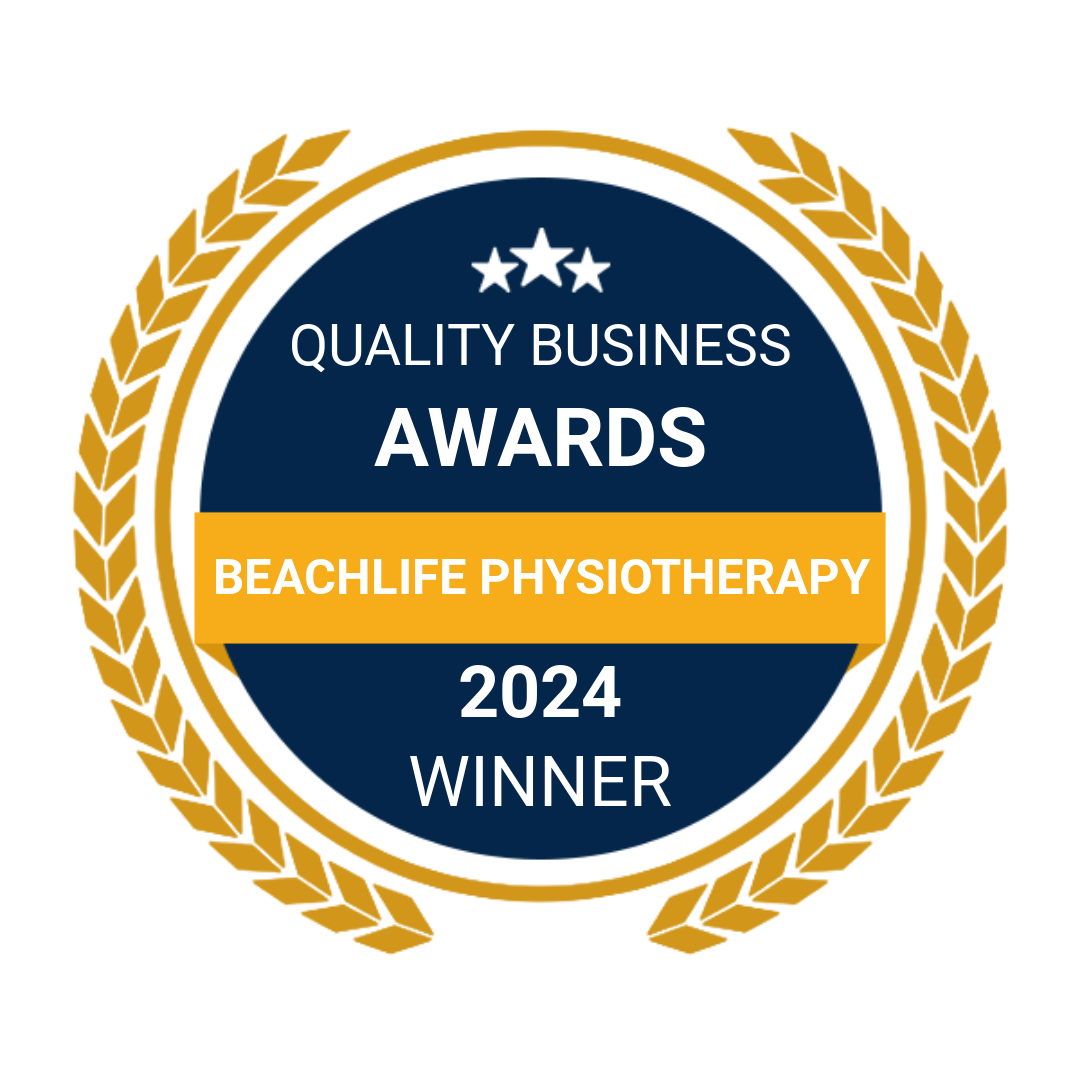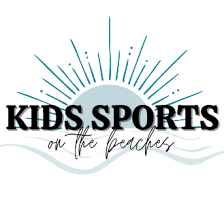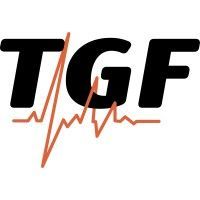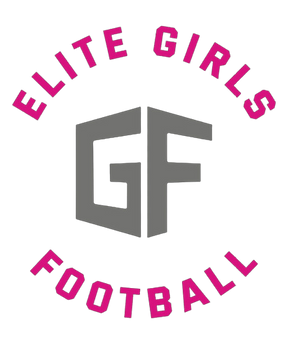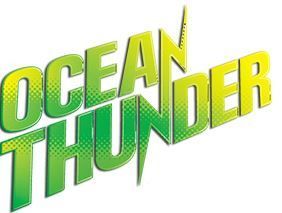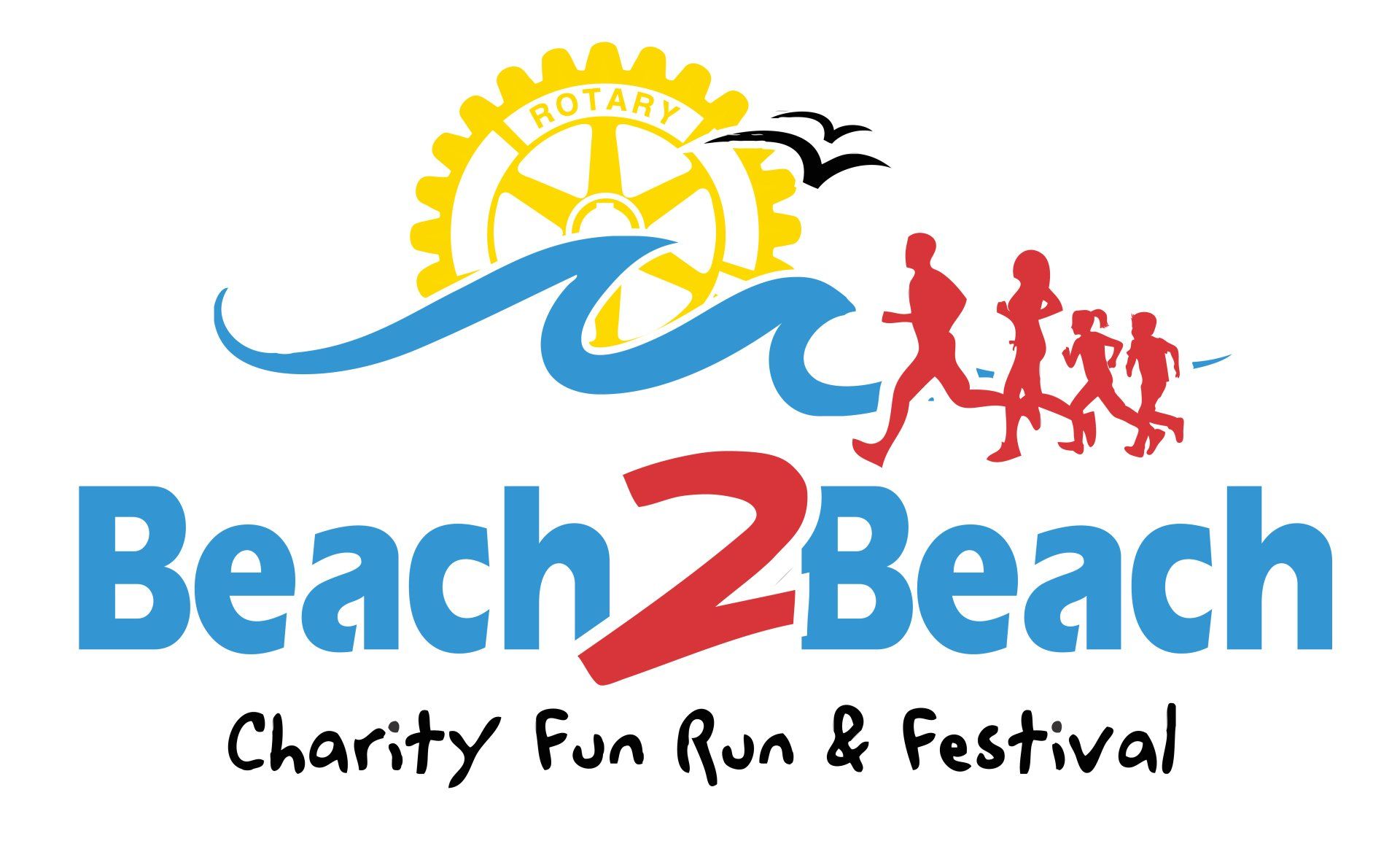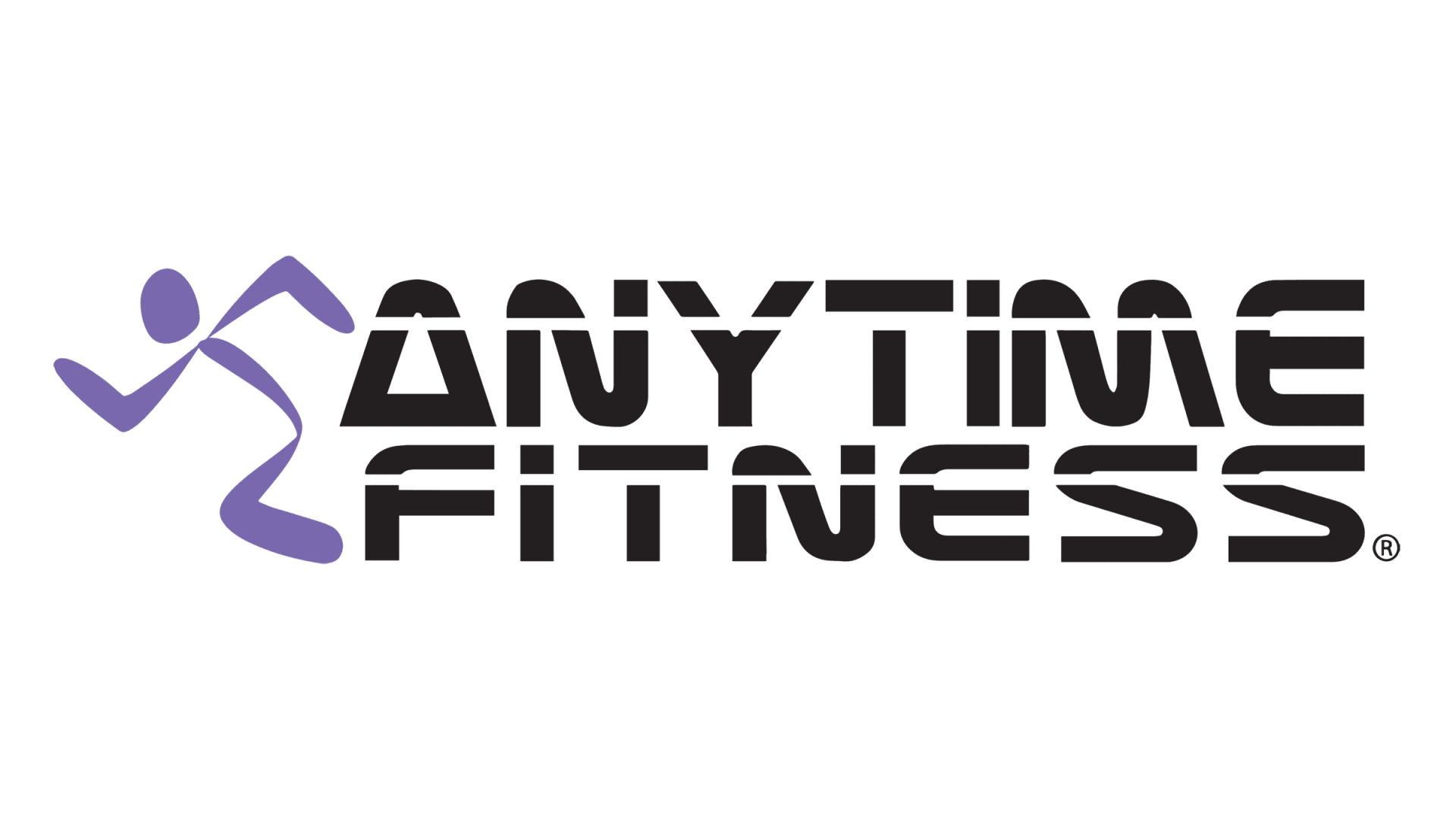Exercise and menopause 🤝
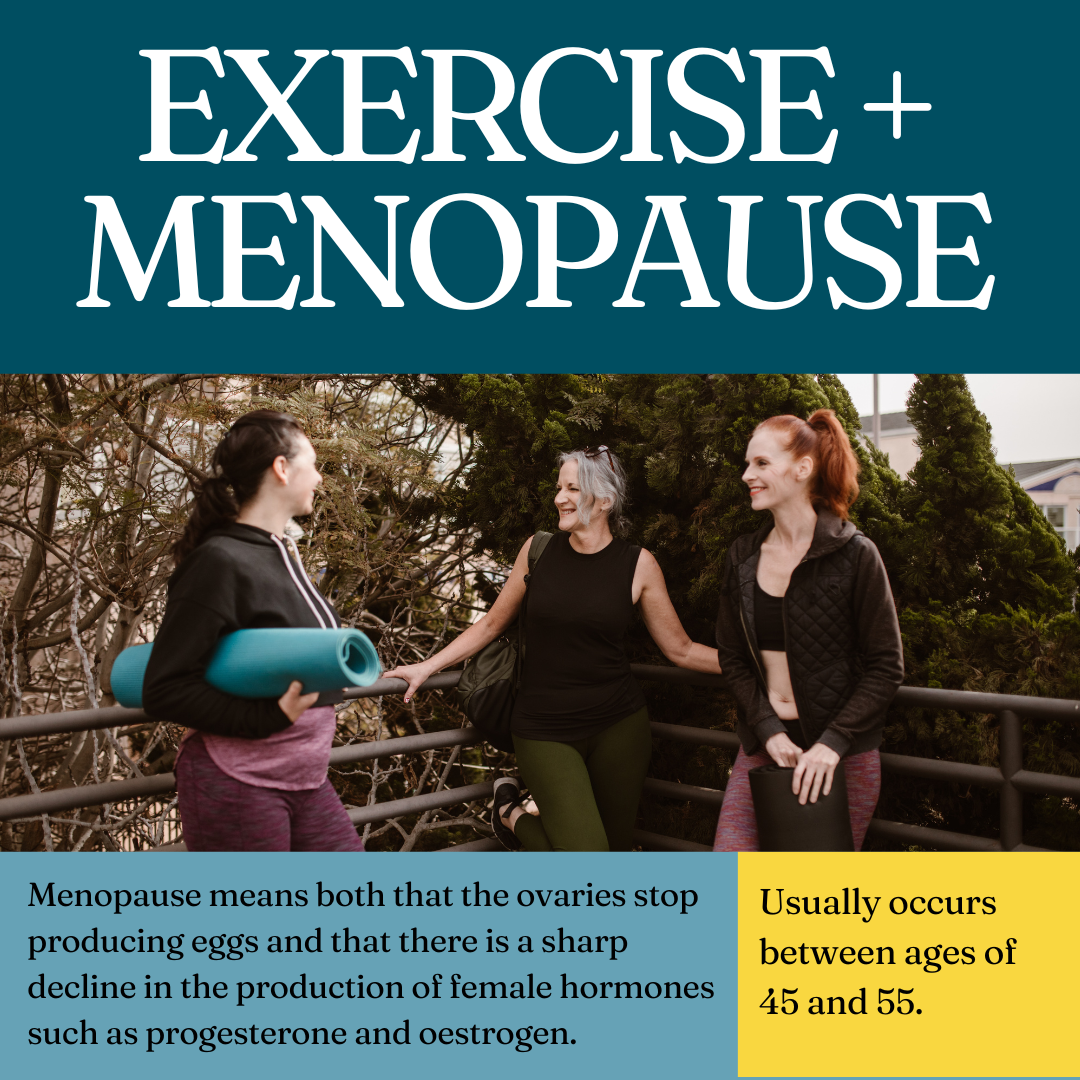
Affects of Menopause:
Musculoskeletal:
- Causes skeletal effects including a more rapid reduction in bone mineral density and loss of muscle mass
Cardiovascular:
- Endothelial dysfunction, increased systolic blood pressure, increased LDL cholesterol and triglycerides, and decreased HDL cholesterol.
Metabolic:
- Menopause also sees the risk of developing metabolic syndrome as the hormonal changes lead to increased insulin resistance
ALL OF WHICH CAN BE IMPROVED WITH EXERCISE!
How can An exercise physiologist help?
An exercise physiologist is a university qualified Allied health professional. They will work with you to put together an exercise program based on current research. One that works with your lifestyle and takes into account your individual preferences and goals. They can help you set goals and stay accountable and track your progress.
